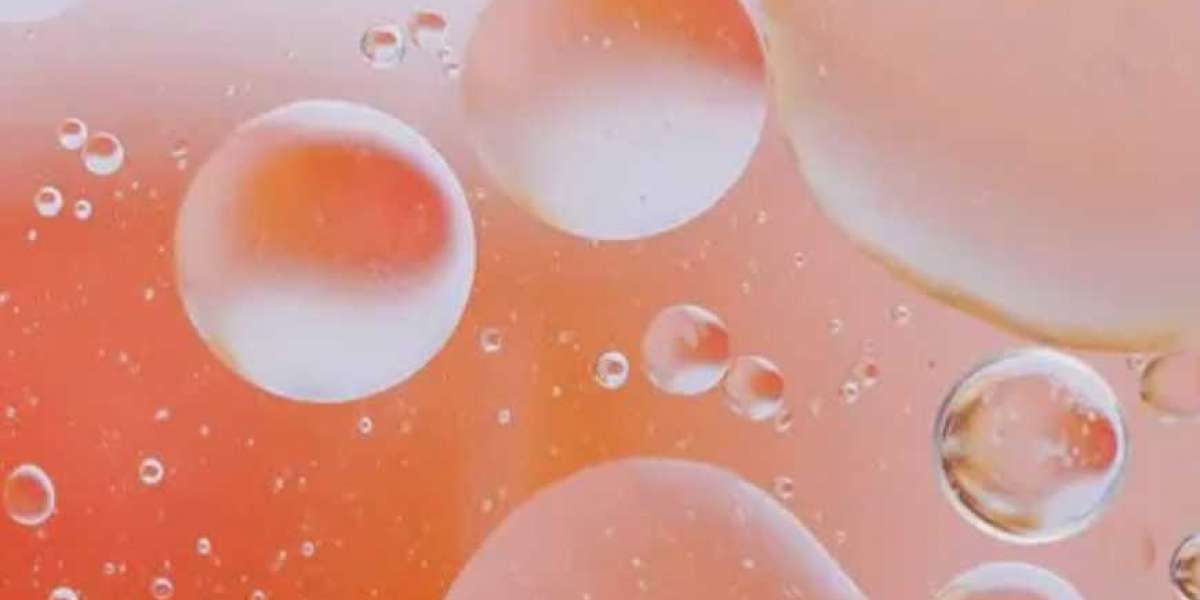While you may be most familiar with melamine tableware, melamine is actually a chemical approved for a variety of industrial uses in the United States. Melamine is a byproduct of the coal industry. It is used in the manufacture of plates, cups, bowls, utensils, plastic products, industrial coatings and paper products. In some countries, it is used as a fertilizer, but it is not approved for use in the United States.
Is Melamine safe?
While there is a danger of melamine leaking from serving containers into food, the risk is low. Most of it is used up in the manufacturing process. Some melamine remains after manufacturing and can leak into food or drinks that come into contact with it. That doesn't happen under normal circumstances.
But for acidic foods, such as orange juice or tomatoes, which take longer to heat, some of the melamine may migrate into the food. Even if that did happen, the contamination levels were extremely low - about 250 times lower than what the FDA considers safe for foods other than infant formula.
Melamine is considered safe to eat, but food should not be microwaved in dishes that contain the chemical. You should only put microwave foods in containers that are labeled microwave-safe.
The FDA has conducted safety and risk assessments for melamine to estimate the risks to human health from exposure to melamine. It reviewed the scientific literature and animal studies on melamine toxicity and concluded that the chemical is safe for use in food, but not in microwave ovens.
The risks of using melamine.
Two widespread incidents have highlighted the risks of melamine poisoning. In 2007, pet food produced in China and distributed in North America was contaminated with the chemical. The pollution killed more than 1,000 household pets.
In 2008, infant formula was contaminated with melamine. Children exposed to the formula developed kidney stones, and six children died. More than 294,000 children have been affected by the contaminated formula.
Both incidents were the result of deliberate melamine contamination. In infant formula, the chemical is added to make the milk appear higher in protein. This is because melamine has a high nitrogen content. The commonly used protein analysis tests do not distinguish between protein and non-protein sources of nitrogen.
Adding melamine can produce falsely high protein levels. Since the chemical is cheap and readily available, there is an economic incentive to use it illegally in this way.
The most common health effect of melamine exposure in humans is kidney stones. Other types of kidney damage have also been reported. The composition of kidney stones associated with melamine exposure is different from other kidney stones because they contain this chemical.
Multiple studies have shown that children can develop kidney stones even when melamine exposure levels are below World Health Organization (WHO) standards. Another study found that adults with low levels of melamine in their urine had an increased risk of kidney stone formation. The effects of chronic low-level exposure are unknown.
A 2013 study measured melamine levels in 16 healthy people before and after they ate melamine in hot noodle soup served in bowls. The researchers were able to detect the chemical in their urine. Within four to six hours of drinking the soup, the blood concentration reached its peak. The study concluded that the consequences of long-term exposure to melamine should still be of concern.
Symptoms of melamine poisoning may include:
Irritable.
There's blood in your urine.
Oliguria or anuria.
Symptoms of a kidney infection.
hypertension.



